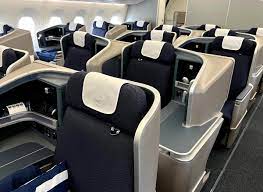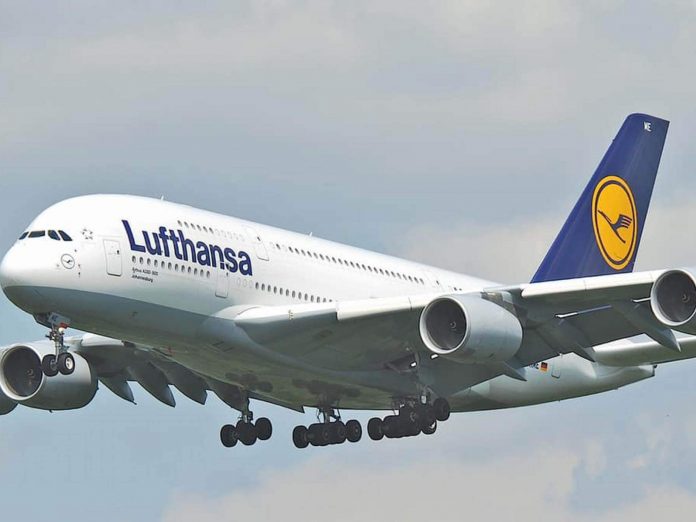Lufthansa, German flag carrier, has unveiled its newest Airbus A350-900, which features updated business class seats, to complement the aircraft. The recently launched Airbus A350-900, registered as “D-AIVC” and named “München” is the 20th of the aircraft types for the airline, which are deployed on long-haul international routes from Munich International Airport, Germany.
The aircraft is the latest addition to the carrier’s fleet for passengers traveling in the premium section of the cabin. All business class seats on the plane, initially intended for Phillippine Airlines, come with aisle access, ample storage space and increased shoulder space.

While this upgraded Collins Aerospace Super Diamond has received a ton of accolades, its predecessor is beginning to feel somewhat outdated. Asides the newest “München” A350, Lufthansa’s premium product consists of the Collins Aerospace Diamond seats in a 2-2-2 configuration; however, the “München” features 1-2-1 Thomson VantageXL seats which are 23-24 inches wide, and are convertible into two-meter beds.
Speaking on the new aircraft, the CEO of Deutsche Lufthansa AG, Carsten Spohr, said, “With a significantly improved Business Class on board, this aircraft also represents the beginning of one of the largest product modernizations in Lufthansa’s history”.
The airline has said it will introduce a ‘new top product’ across all its travel classes (economy, premium economy, business, and first class) starting in 2023. Until then, passengers who want to fly with Lufthansa’s new business class A350, will need to journey on a flight from Munich, Germany to Toronto, Montreal or Vancouver, Canada.
Although the seats on A350-900 are an upgrade from the Diamond seat in many respects, they are not the new wonder seat/220 cm lie-flat bed that Lufthansa first showed images of in 2017 (an announcement which caused SkyTrax to upgrade Lufthansa on a preemptive basis to a five-star carrier).
These are intended to launch with the introduction of the Boeing 777-9, of which the airline is an intended launch customer. The entry into service of Boeing’s new flagship is more than a couple of years off, according to the manufacturer’s estimates.
















